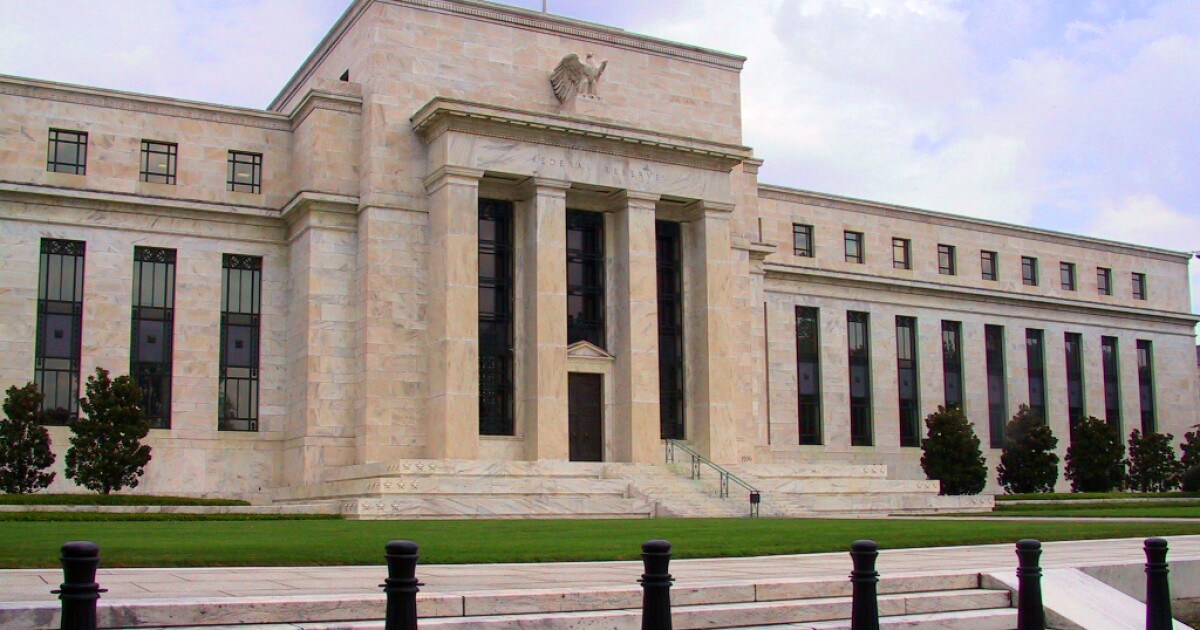
The Federal Reserve may continue its program to shrink its balance sheet until the second quarter of 2025, barring a recession, longer than an earlier projection, according to Citigroup Inc.
The central bank has been winding down its holdings since June 2022, through a process known as quantitative tightening. Last week
Citigroup previously saw the wind-down effort running until the end of 2024, which is largely what other Wall Street strategists expect. The shift is because the central bank likely wants to reduce the size of its assets — currently about $7.36 trillion — as much as possible, Citigroup strategist Jason Williams wrote in a note on Friday.
What ultimately keeps the balance-sheet reduction going, the bank said, is the fact that the Fed will likely be undeterred by any brief spikes in a key overnight funding benchmark — the rate on overnight repurchase agreements.
The Fed amassed the debt pile as part of economic-stimulus measures during the pandemic, and investors have been
These markets have been stable so far, but market participants have in mind the events of September 2019, when a prior round of QT triggered an acute funding squeeze.
In addition, Williams sees little evidence that interbank activity in the fed funds market is pushing the effective fed funds rate — the central bank's policy benchmark — toward the top of the range it's targeting. And if it does, then the Fed has the ability to keep short-end rates from moving too close to that upper limit, he said.
As for the timing next year of when the Fed may stop QT, the strategist pointed to the dynamics surrounding the federal debt ceiling, the current suspension of which is slated to end on Dec. 31.
Once the limit is reinstated on Jan. 1, Treasury will then have to deploy extraordinary measures to avoid exceeding it. These include slashing issuance of Treasury bills, spending cash parked at the Fed and suspending payments to government trusts.
Citigroup estimates it would exhaust these measures around May or June 2025, and then work quickly to replenish its cash on hand once the debt limit is resolved, usually by issuing a slew of bills.
The rebuild could ultimately result in a large drain in bank reserves parked at the Fed, forcing the central bank to finally halt its unwind, according to Williams.




